
Catalog#/Size:AC52350/100 µg
Source:Escherichia coli
SDS-PAGE:15.5k Da, reducing conditions
Molecular Weight:Approximately 15.5 k Da, a single non-glycosylated polypeptide chain containing 134 amino acid
-
100 μg
¥980.00
现货 -
1 mg
¥4800.00
现货
Catalog#/Size:AC52350/100 µg.
Source:Escherichia coli.
Molecular Weight:Approximately 15.5 k Da, a single non-glycosylated polypeptide chain containing 134 amino acid.
Description:Accession #P60568.1, Ala21-Thr153( C125S), with an N-terminal Met.
SDS-PAGE:15.5k Da, reducing conditions.
Purity:>95%, as determined by SDS-PAGE, under reducing non-reducing conditions, visualized by coomassie staining.
Endotoxin:Less than 0.1 EU/ µg of rHuIL-2 as determined by kinetic Limulus Amoebocyte Lysate (LAL) assay.
Biological Activity:Recombinant human IL-2 bioactivity is measured in a cell proliferation assay using CTLL-2 mouse cytotoxic T cells, the EC50 for this effect is 2.492 to 3.037 ng/mL.
Physical Appearance: Sterile Filtered White lyophilized (freeze-dried) powder
Formulation:Lyophilized from a 0.2 µm filtered concentrated solution in 20 mM PB pH 3.5 with 10% trehalose anhydrous.
Reconstitution:We recommend that this vial be briefly centrifuged prior to opening to bring the contents to the bottom. Reconstitute to a concentration of 0.1-1.0 mg/mL in sterile distilled H2O. Stock solutions should beapportioned into working aliquots and stored at-20℃ to-70℃ . Further dilutions should be made in appropriate buffered solutions. Do not reconstitute in cell culture media directly.
Shipping:The product is shipped at 2℃ to 8℃ . Upon receipt, store it immediately at the temperature recommended below.
Stability & Storage:Use a manual defrost freezer and avoid repeated freeze-thaw cycles.
A minimum of 12 months from date of shipping when stored at -20℃ to-70℃ as supplied.
4 weeks at 2℃ to 8℃ under sterile conditions after reconstitution.
4 months at -20℃ to-70℃ under sterile conditions after reconstitution.
Usage:Acnovia rHuIL-2 product can be used for a variety of ex vivo cell culture applications such as research or further manufacturing.
Quality statement:No animal- or human-derived materials were used for the manufacture of this product, unless otherwise stated in the respective Certificate of Origin.
IL-2, also named T-cell growth factor, was first discovered in 1976 and was characterized as a soluble factor with the unique ability to promote clonal expansion of many hematopoietic lines including regulatory T cells (Tregs) in vitro. Human IL-2 has 133 amino acids and in mature form it is a glycosylated globular protein of 15.5 k Da four-bundle, α -helical protein member of the common cytokine receptor γ-chain family of cytokines. IL-2 is predominantly produced by activated CD4+ T cells and, to a lesser extent by activated CD8+ T cells, activated dendritic cells, natural killer (NK) cells, NKT cells, as well as B cells.
1. Liao W, et al. 2013. Immunity. 38:13-25.
2. Sakaguchi S, et al. 2008. Cell. 133:775-87.
3. Kryczek, I. et al. 2007. J. Immunol. 178:6730.
4. Cote-Sierra J, et al. 2004. Proc Natl Acad Sci USA. 101:3880-5.
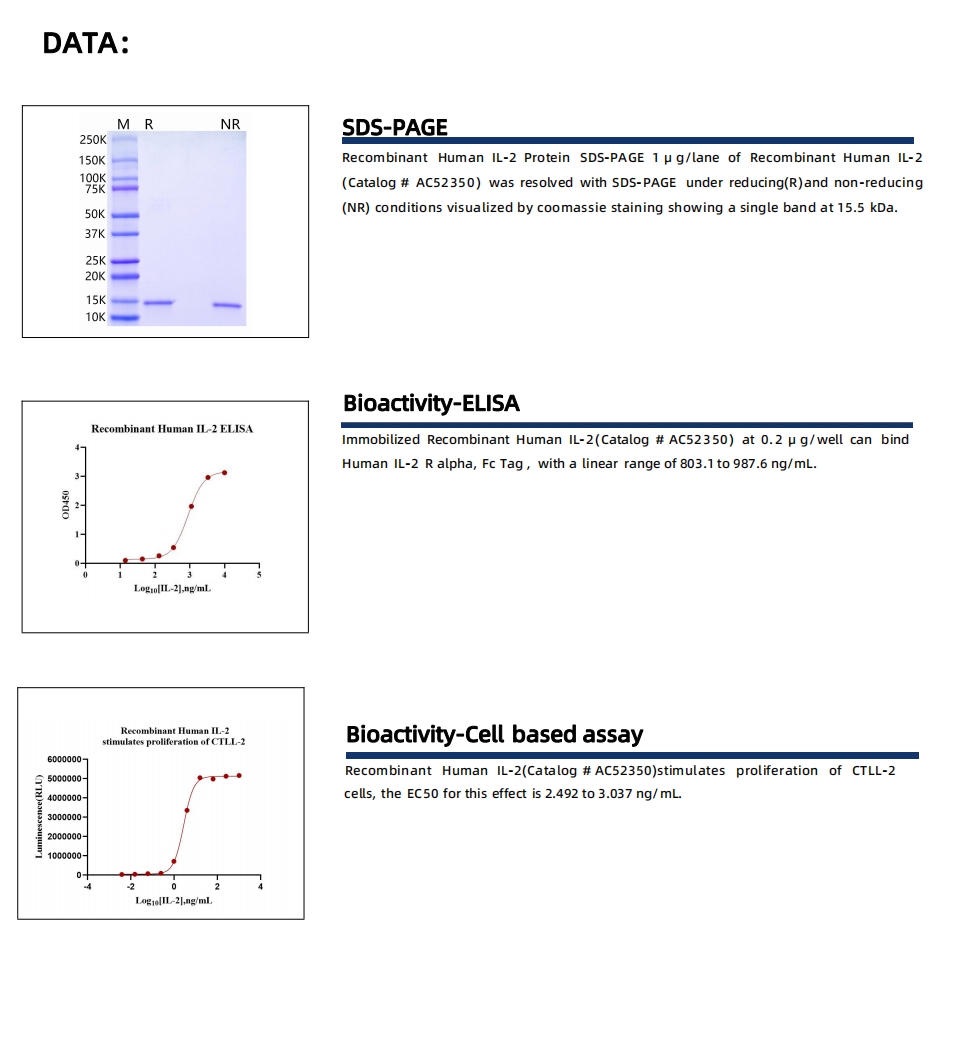




 CN
CN








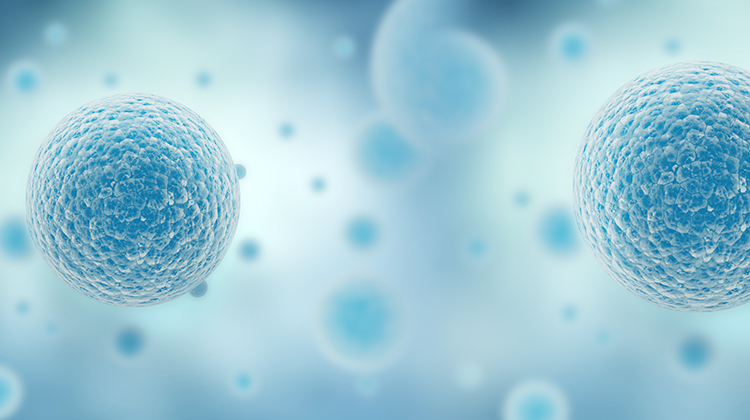
 细胞治疗
细胞治疗
 基因治疗
基因治疗
 mRNA治疗
mRNA治疗
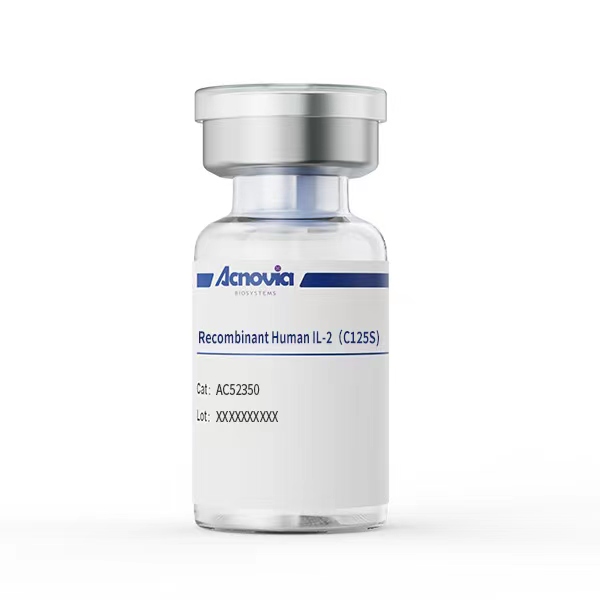
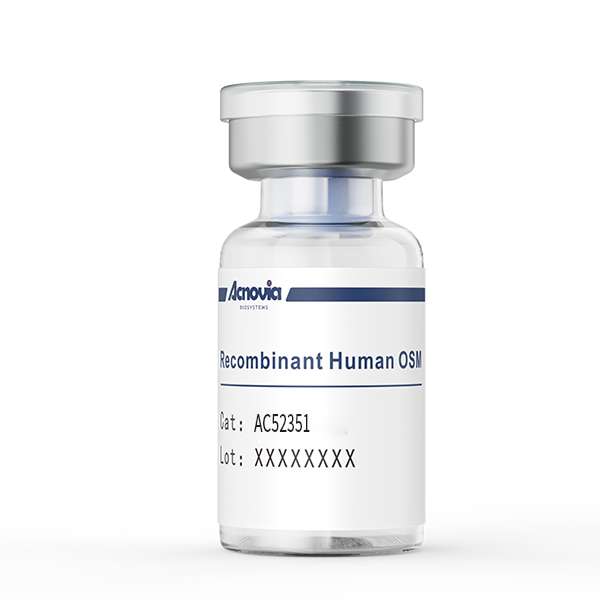

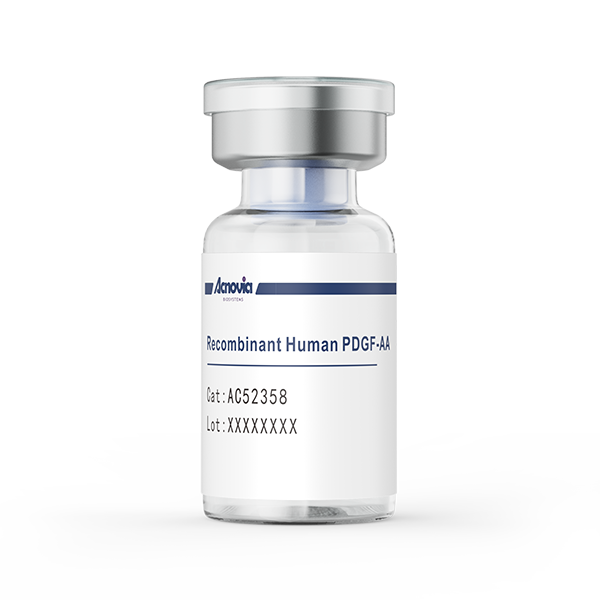
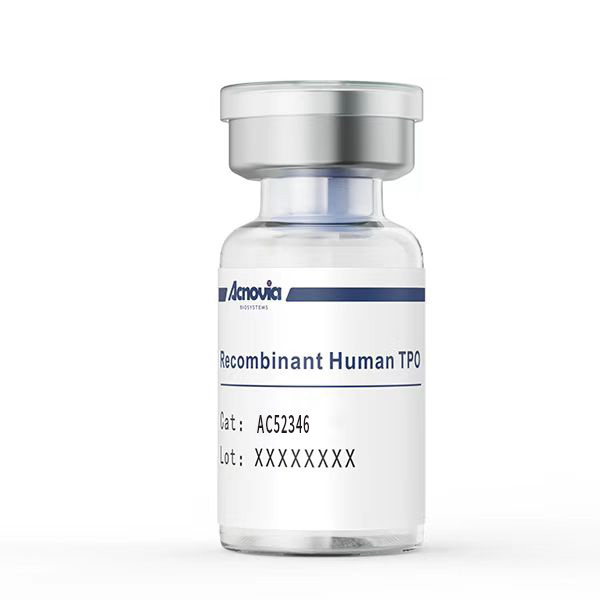
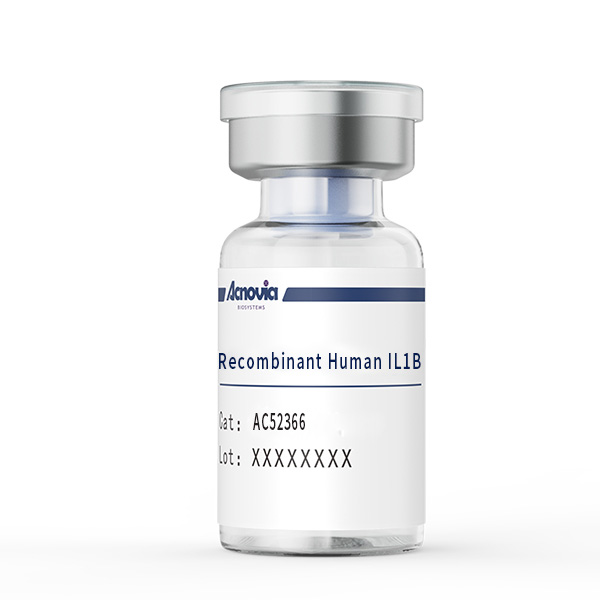
 产品说明书
产品说明书 试用装
试用装
 0571-86963020
0571-86963020




